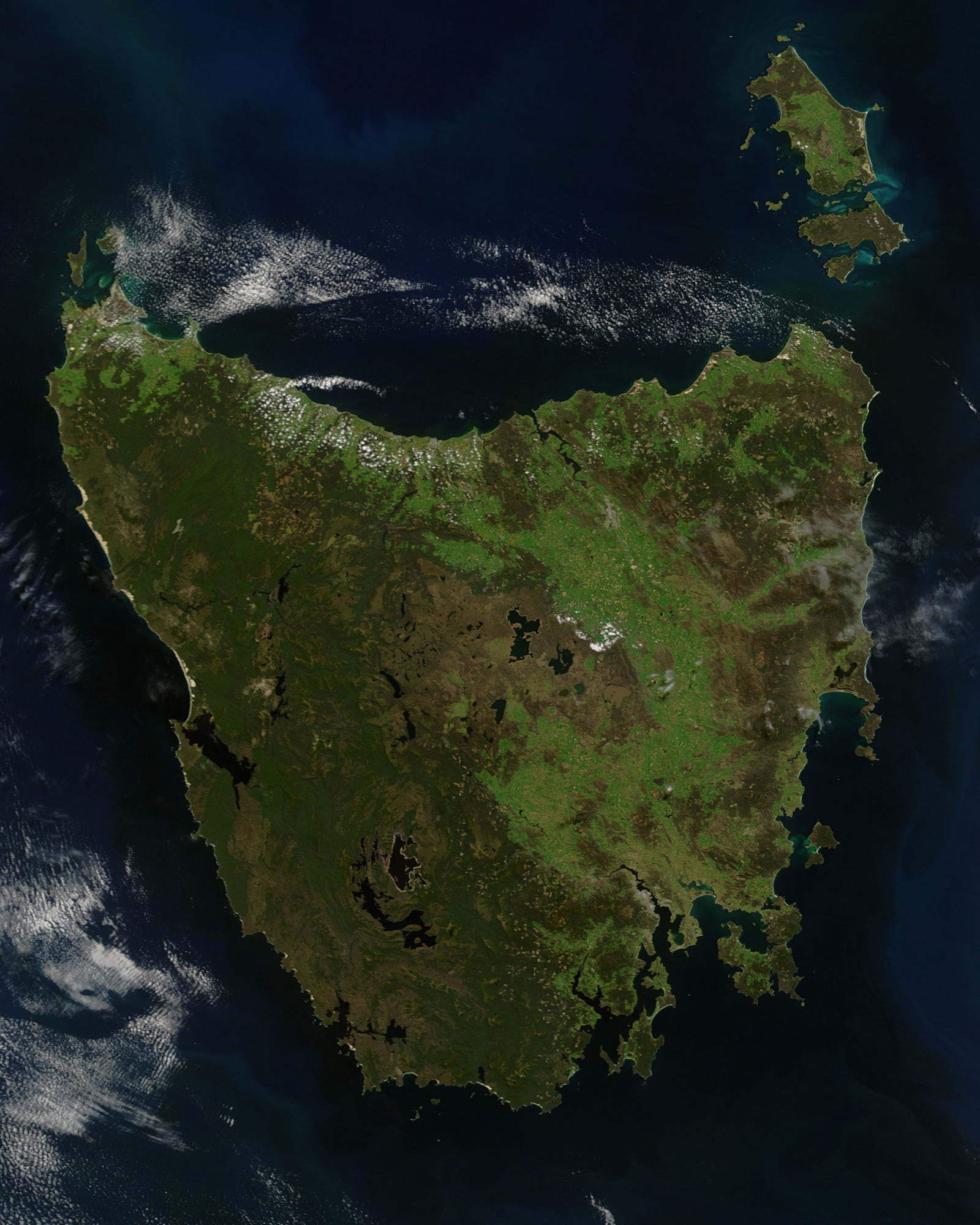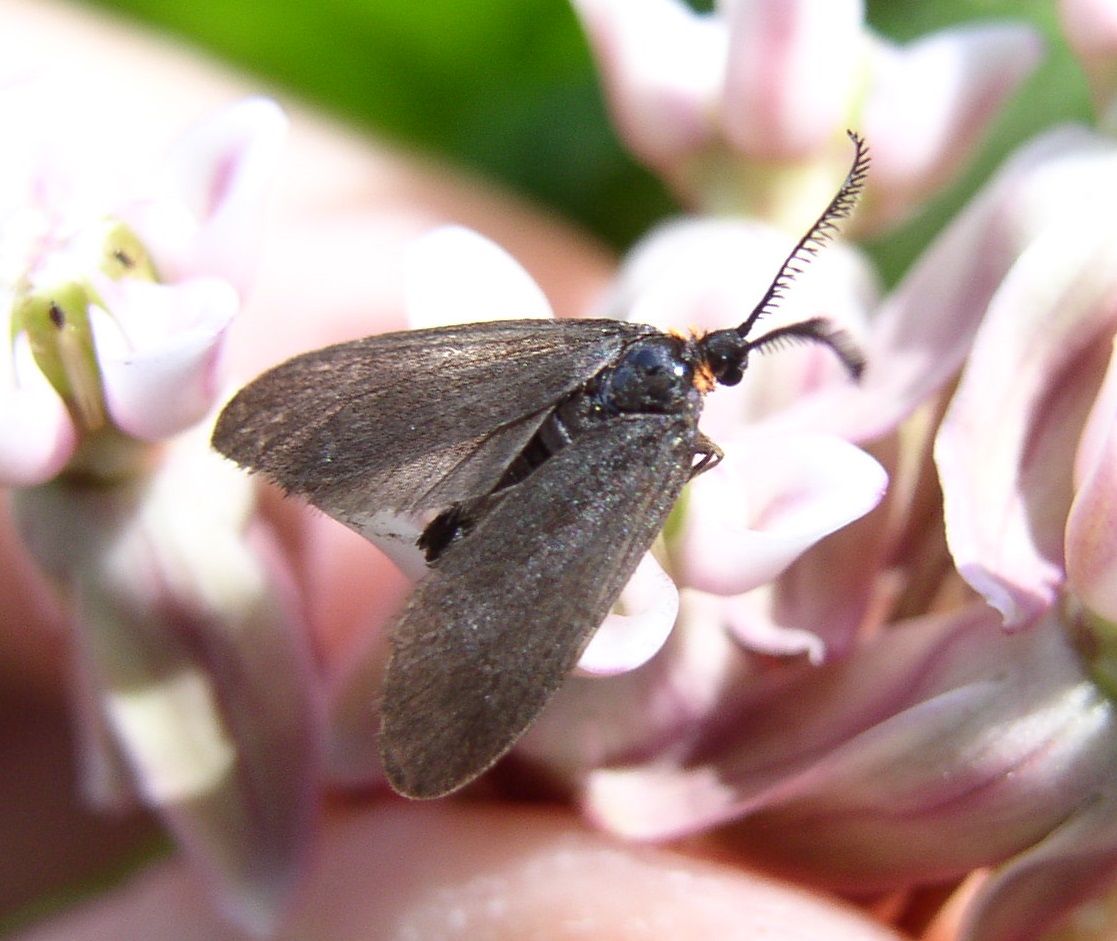|
Hestiochora Tricolor
''Hestiochora tricolor'' is a moth of the family Zygaenidae. It is found in the southern half of Australia, including Tasmania. The wingspan is about 20 mm. The adults are rather wasp like. They have black bodies with white bands, and a red collar around their heads. The wings are black but lose their scales readily to become partly transparent. The larvae feed on Myrtaceae species, including '' Syncarpia glomulifera'' and ''Eucalyptus ''Eucalyptus'' () is a genus of over seven hundred species of flowering trees, shrubs or mallees in the myrtle family, Myrtaceae. Along with several other genera in the tribe Eucalypteae, including '' Corymbia'', they are commonly known as euca ...'' species. External linksAustralian Faunal Directory Procridinae [...More Info...] [...Related Items...] OR: [Wikipedia] [Google] [Baidu] |
Francis Walker (entomologist)
Francis Walker (31 July 1809 – 5 October 1874) was an English entomologist. He was born in Southgate, London, on 31 July 1809 and died at Wanstead, England on 5 October 1874. He was one of the most prolific authors in entomology, and stirred controversy during his later life as his publications resulted in a huge number of junior synonyms. However, his assiduous work on the collections of the British Museum had great significance. Between June 1848 and late 1873 Walker was contracted by John Edward Gray Director of the British Museum to catalogue their insects (except Coleoptera) that is Orthoptera, Neuroptera, Hemiptera, Diptera, Lepidoptera and Hymenoptera. Walker largely accomplished this and (Edwards, 1870) wrote of the plan and by implication those who implemented it “It is to him raythat the Public owe the admirable helps to the study of natural history which have been afforded by the series of inventories, guides, and nomenclatures, the publication of which beg ... [...More Info...] [...Related Items...] OR: [Wikipedia] [Google] [Baidu] |
Moth
Moths are a paraphyletic group of insects that includes all members of the order Lepidoptera that are not butterflies, with moths making up the vast majority of the order. There are thought to be approximately 160,000 species of moth, many of which have yet to be described. Most species of moth are nocturnal, but there are also crepuscular and diurnal species. Differences between butterflies and moths While the butterflies form a monophyletic group, the moths, comprising the rest of the Lepidoptera, do not. Many attempts have been made to group the superfamilies of the Lepidoptera into natural groups, most of which fail because one of the two groups is not monophyletic: Microlepidoptera and Macrolepidoptera, Heterocera and Rhopalocera, Jugatae and Frenatae, Monotrysia and Ditrysia.Scoble, MJ 1995. The Lepidoptera: Form, function and diversity. Oxford, UK: Oxford University Press; 404 p. Although the rules for distinguishing moths from butterflies are not well establishe ... [...More Info...] [...Related Items...] OR: [Wikipedia] [Google] [Baidu] |
Zygaenidae
The Zygaenidae moths are a family of Lepidoptera. The majority of zygaenids are tropical, but they are nevertheless quite well represented in temperate regions. Some of the 1000 or so species are commonly known as burnet or forester moths, often qualified by the number of spots, although other families also have 'foresters'. They are also sometimes called smoky moths. All 43 species of Australian zygaenids are commonly known as foresters and belong to the tribe Artonini. The only nonendemic species in Australia is ''Palmartona catoxantha'', a Southeast Asian pest species which is believed to be already present in Australia or likely to arrive soon.Tarmann, G.M. "Zygaenid moths of Australia. A revision of the Australian Zygaenidae". Description Larvae Larvae are stout and may be flattened. A fleshy extension of the thorax covers the head. Most feed on herbaceous plants, but some are tree feeders. Larvae in two subfamilies, Chalcosiinae and Zygaeninae, have cavities in which ... [...More Info...] [...Related Items...] OR: [Wikipedia] [Google] [Baidu] |
Australia
Australia, officially the Commonwealth of Australia, is a Sovereign state, sovereign country comprising the mainland of the Australia (continent), Australian continent, the island of Tasmania, and numerous List of islands of Australia, smaller islands. With an area of , Australia is the largest country by area in Oceania and the world's List of countries and dependencies by area, sixth-largest country. Australia is the oldest, flattest, and driest inhabited continent, with the least fertile soils. It is a Megadiverse countries, megadiverse country, and its size gives it a wide variety of landscapes and climates, with Deserts of Australia, deserts in the centre, tropical Forests of Australia, rainforests in the north-east, and List of mountains in Australia, mountain ranges in the south-east. The ancestors of Aboriginal Australians began arriving from south east Asia approximately Early human migrations#Nearby Oceania, 65,000 years ago, during the Last Glacial Period, last i ... [...More Info...] [...Related Items...] OR: [Wikipedia] [Google] [Baidu] |
Tasmania
) , nickname = , image_map = Tasmania in Australia.svg , map_caption = Location of Tasmania in AustraliaCoordinates: , subdivision_type = Country , subdivision_name = Australia , established_title = Before federation , established_date = Colony of Tasmania , established_title2 = Federation , established_date2 = 1 January 1901 , named_for = Abel Tasman , demonym = , capital = Hobart , largest_city = capital , coordinates = , admin_center = 29 local government areas , admin_center_type = Administration , leader_title1 = Monarch , leader_name1 = Charles III , leader_title2 = Governor , leader_name2 ... [...More Info...] [...Related Items...] OR: [Wikipedia] [Google] [Baidu] |
Wingspan
The wingspan (or just span) of a bird or an airplane is the distance from one wingtip to the other wingtip. For example, the Boeing 777–200 has a wingspan of , and a wandering albatross (''Diomedea exulans'') caught in 1965 had a wingspan of , the official record for a living bird. The term wingspan, more technically extent, is also used for other winged animals such as pterosaurs, bats, insects, etc., and other aircraft such as ornithopters. In humans, the term wingspan also refers to the arm span, which is distance between the length from one end of an individual's arms (measured at the fingertips) to the other when raised parallel to the ground at shoulder height at a 90º angle. Former professional basketball player Manute Bol stood at and owned one of the largest wingspans at . Wingspan of aircraft The wingspan of an aircraft is always measured in a straight line, from wingtip to wingtip, independently of wing shape or sweep. Implications for aircraft design and anima ... [...More Info...] [...Related Items...] OR: [Wikipedia] [Google] [Baidu] |
Myrtaceae
Myrtaceae, the myrtle family, is a family of dicotyledonous plants placed within the order Myrtales. Myrtle, pōhutukawa, bay rum tree, clove, guava, acca (feijoa), allspice, and eucalyptus are some notable members of this group. All species are woody, contain essential oils, and have flower parts in multiples of four or five. The leaves are evergreen, alternate to mostly opposite, simple, and usually entire (i.e., without a toothed margin). The flowers have a base number of five petals, though in several genera, the petals are minute or absent. The stamens are usually very conspicuous, brightly coloured, and numerous. Evolutionary history Scientists hypothesize that the family Myrtaceae arose between 60 and 56 million years ago (Mya) during the Paleocene era. Pollen fossils have been sourced to the ancient supercontinent Gondwana. The breakup of Gondwana during the Cretaceous period (145 to 66 Mya) geographically isolated disjunct taxa and allowed for rapid speciation; i ... [...More Info...] [...Related Items...] OR: [Wikipedia] [Google] [Baidu] |
Syncarpia Glomulifera
''Syncarpia glomulifera'', commonly known as the turpentine tree, or yanderra, is a tree of the family Myrtaceae native to New South Wales and Queensland in Australia, which can reach in height. It generally grows on heavier soils. The cream flowers appear in spring and are fused into compound flowerheads. Taxonomy English botanist James Edward Smith first described the turpentine as ''Metrosideros glomulifera'' in 1797, from a collection in the Sydney district. It was given its current binomial name by German botanist Franz Josef Niedenzu in 1893. Common names include turpentine, luster, red turpentine or red luster. It was formerly known as ''Syncarpia laurifolia'' Ten. Two subspecies are recognised, the widespread nominate, and subspecies ''glabra'' which is found from Bulahdelah north to Kempsey and has smooth leaf undersurfaces. Description In a suitable location, the turpentine grows into a large straight-trunked tree up to 45 or even 55 m (150–180 ft) high ... [...More Info...] [...Related Items...] OR: [Wikipedia] [Google] [Baidu] |
Eucalyptus
''Eucalyptus'' () is a genus of over seven hundred species of flowering trees, shrubs or mallees in the myrtle family, Myrtaceae. Along with several other genera in the tribe Eucalypteae, including '' Corymbia'', they are commonly known as eucalypts. Plants in the genus ''Eucalyptus'' have bark that is either smooth, fibrous, hard or stringy, leaves with oil glands, and sepals and petals that are fused to form a "cap" or operculum over the stamens. The fruit is a woody capsule commonly referred to as a "gumnut". Most species of ''Eucalyptus'' are native to Australia, and every state and territory has representative species. About three-quarters of Australian forests are eucalypt forests. Wildfire is a feature of the Australian landscape and many eucalypt species are adapted to fire, and resprout after fire or have seeds which survive fire. A few species are native to islands north of Australia and a smaller number are only found outside the continent. Eucalypts have been grow ... [...More Info...] [...Related Items...] OR: [Wikipedia] [Google] [Baidu] |
Procridinae
Procridinae is a subfamily of the family Zygaenidae. Selected genera * '' Aethioprocris'' Alberti, 1954 * '' Alteramenelikia'' Alberti, 1971 * ''Acoloithus'' Clemens, 1860 * '' Adscita'' Retzius, 1783 * '' Ankasocris'' Viette, 1965 * ''Artona'' Walker, 1854 * '' Astyloneura'' Gaede, 1914 * '' Australartona'' Tarmann, 2005 * '' Chalconycles'' Jordan, 1907 * '' Clelea'' Walker, 1854 * '' Euclimaciopsis'' Tremewan, 1973 * ''Gonioprocris'' Jordan, 1913 * ''Harrisina'' Packard, 1864 * '' Hestiochora'' Meyrick, 1886 * '' Homophylotis'' Turner, 1904 * '' Ischnusia'' Jordan, 1928 * '' Janseola'' Hopp, 1923 * ''Jordanita'' Verity, 1946 * '' Madaprocris'' Viette, 1978 * '' Malamblia'' Jordan, 1907 * '' Metanycles'' Butler, 1876 * '' Myrtartona'' Tarmann, 2005 * '' Neobalataea'' Alberti, 1954 * '' Neoprocris'' Jordan, 1915 * '' Palmartona'' Tarmann, 2005 * ''Pollanisus'' Walker, 1854 * '' Pyromorpha'' Herrich-Schäffer, 854/small> * '' Pseudoamuria'' Tarmann, 2005 * '' Pseudoprocris'' ... [...More Info...] [...Related Items...] OR: [Wikipedia] [Google] [Baidu] |




_W_IMG_2431.jpg)


